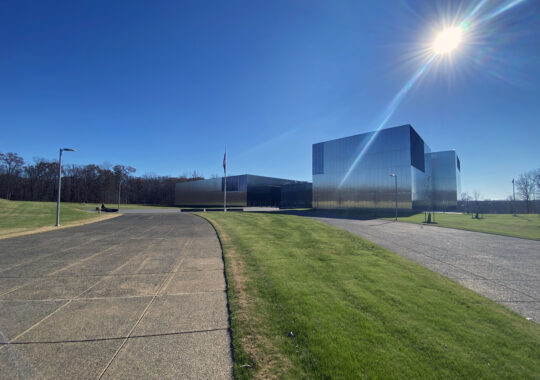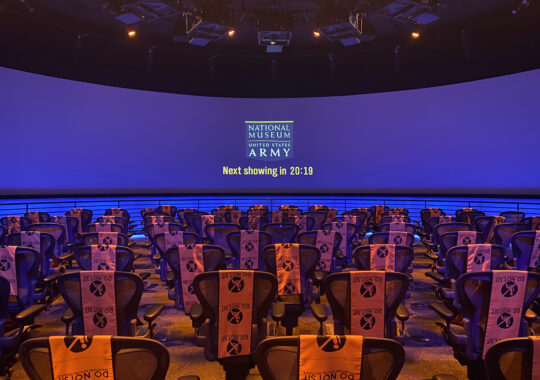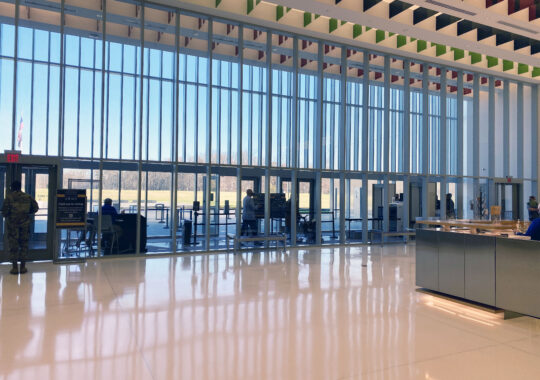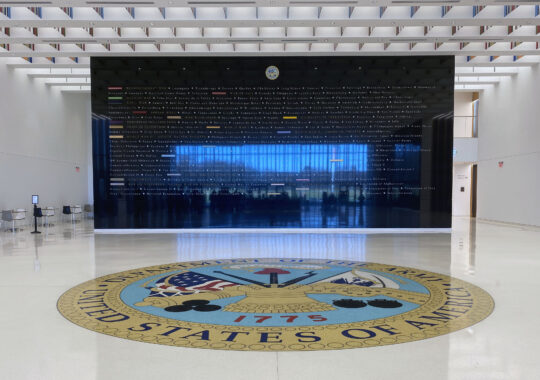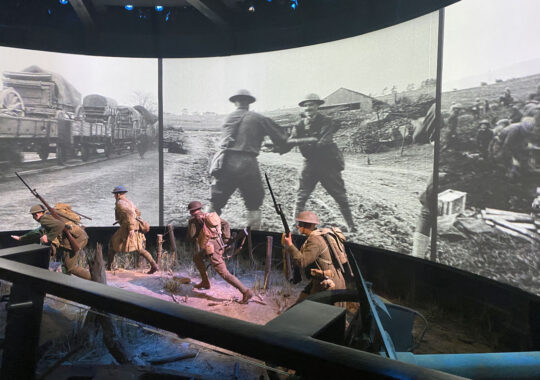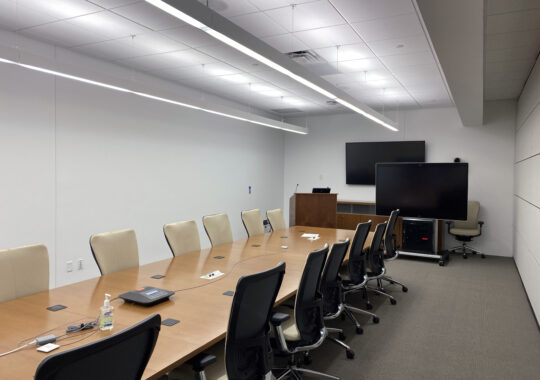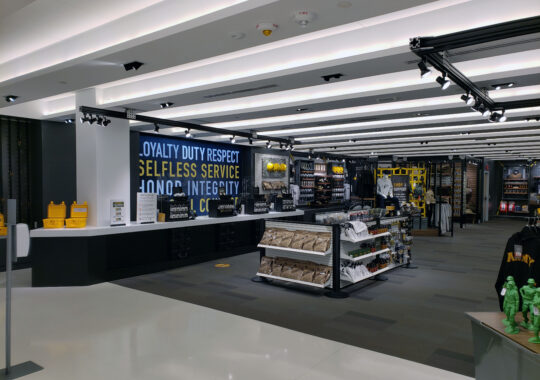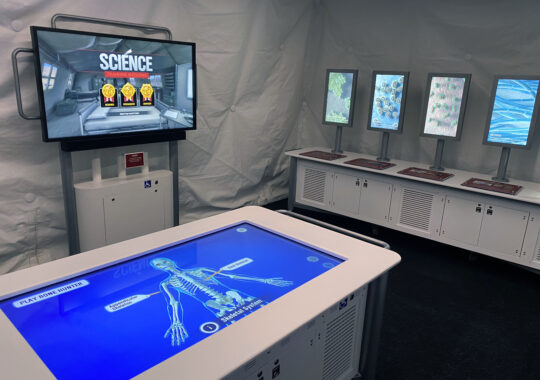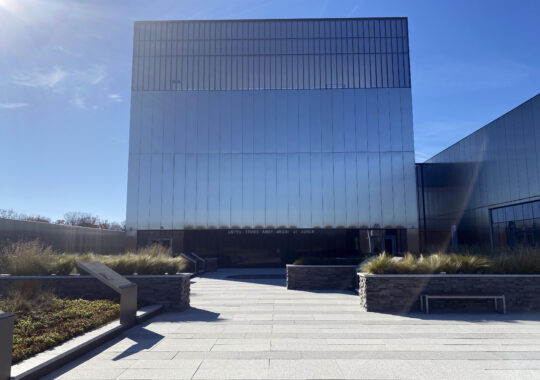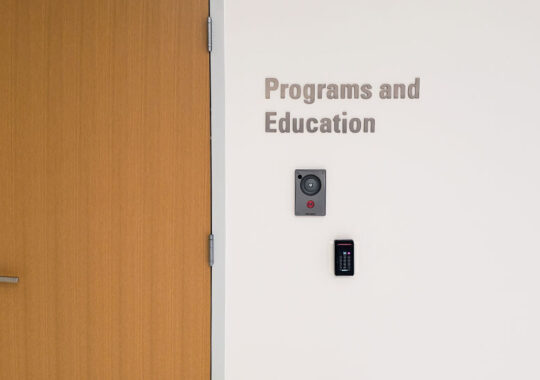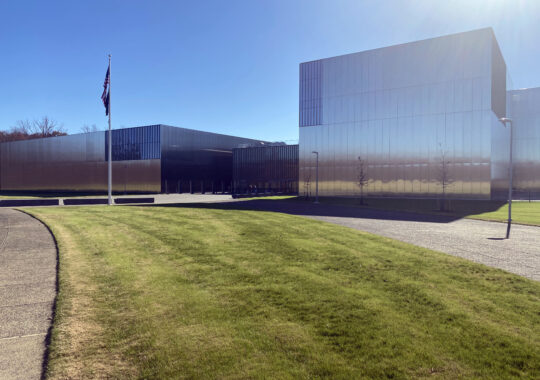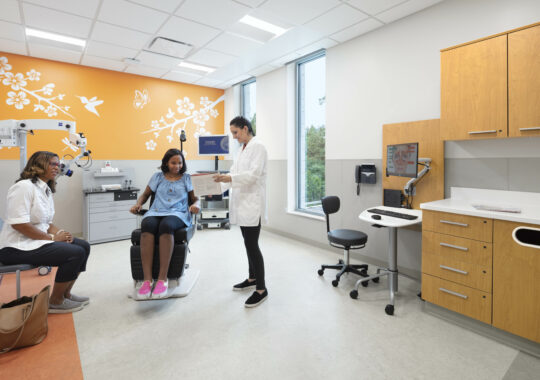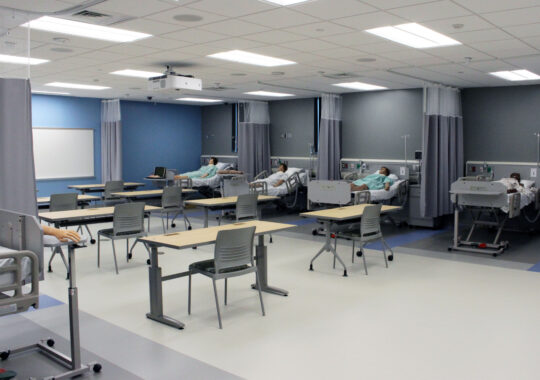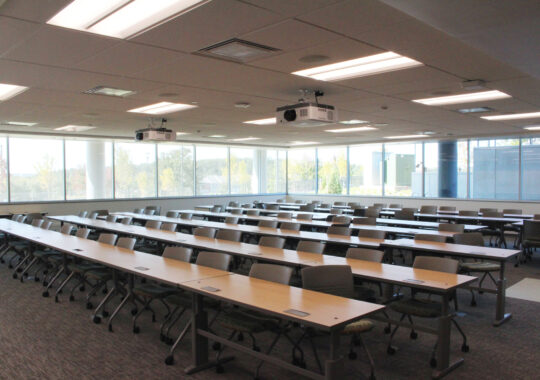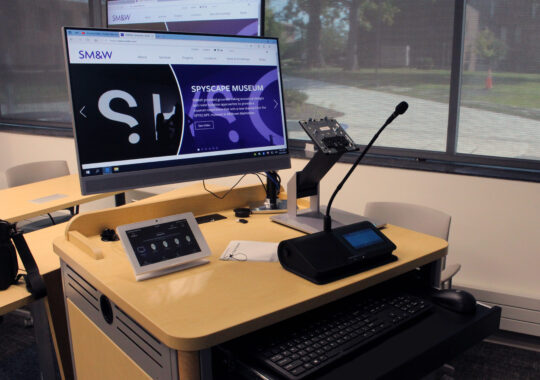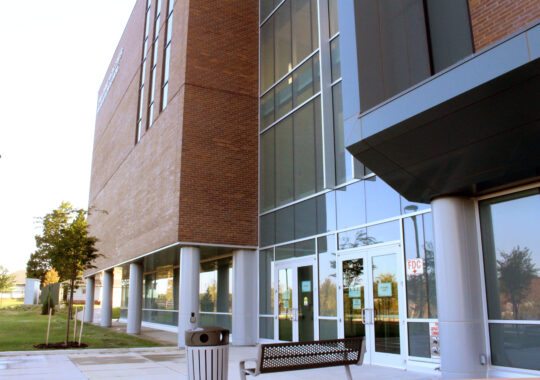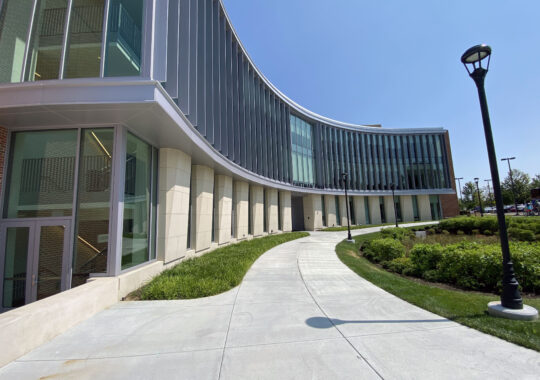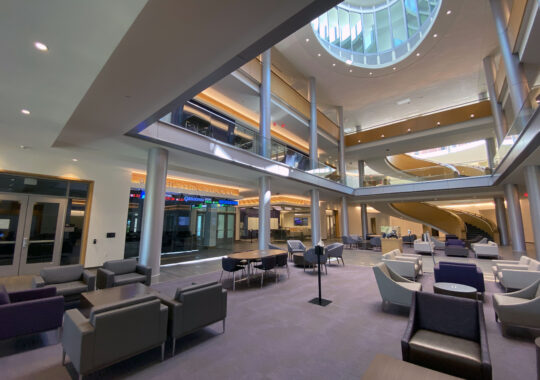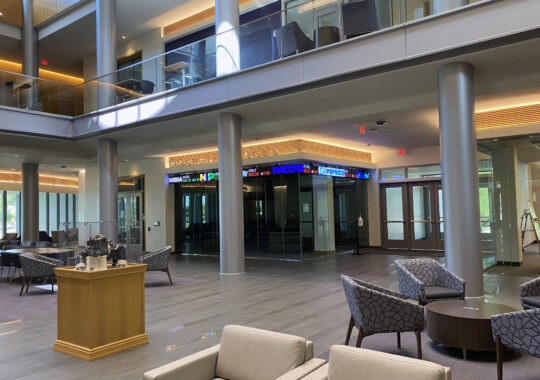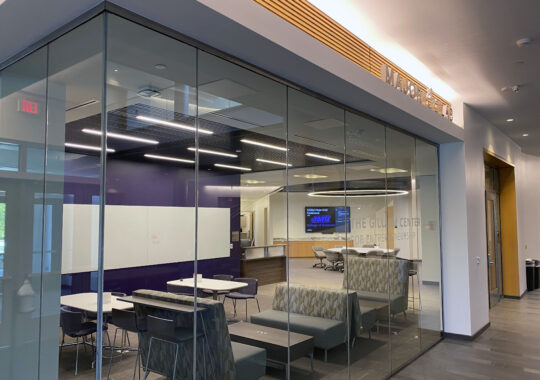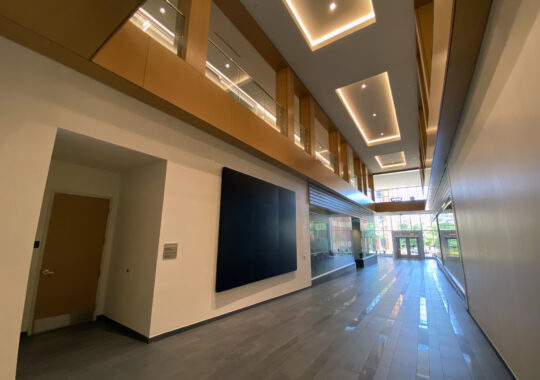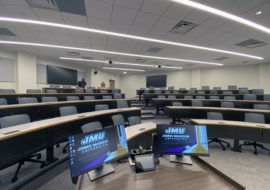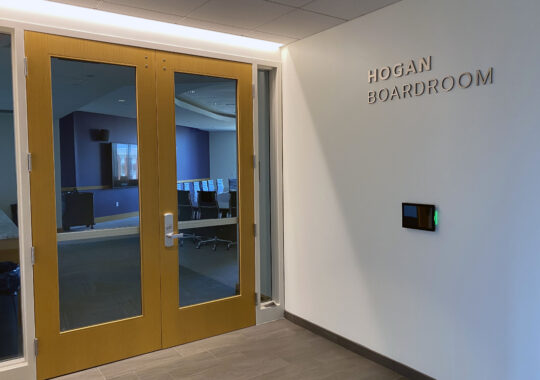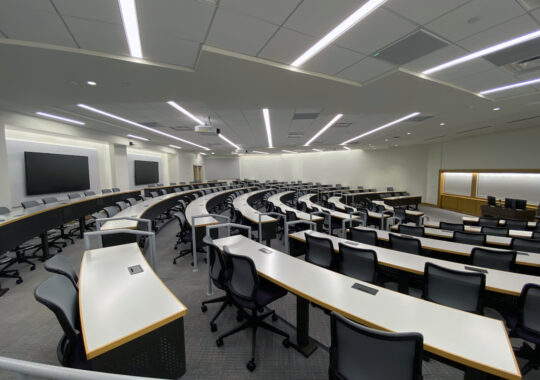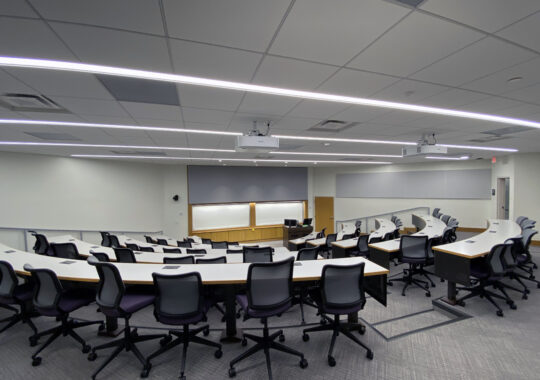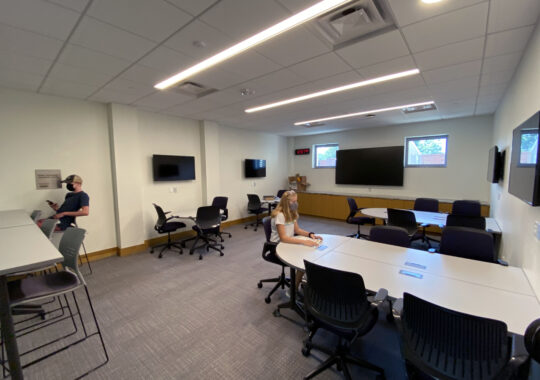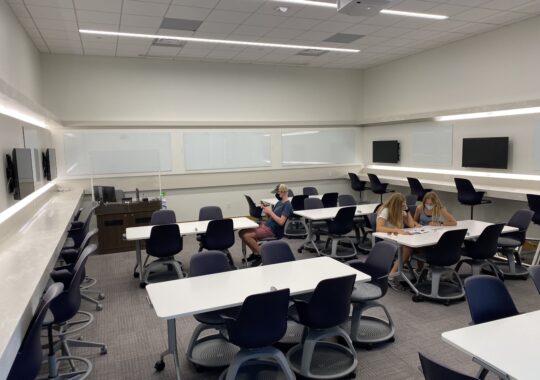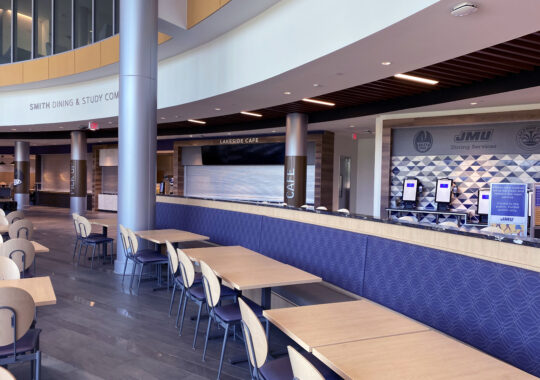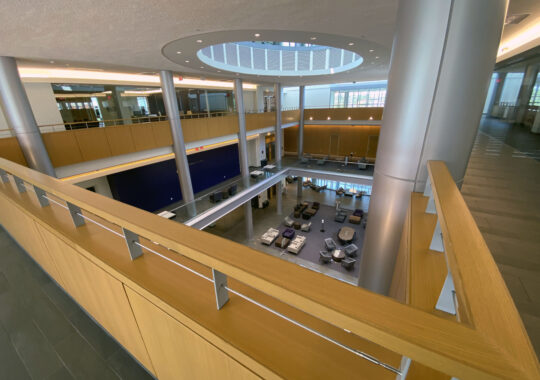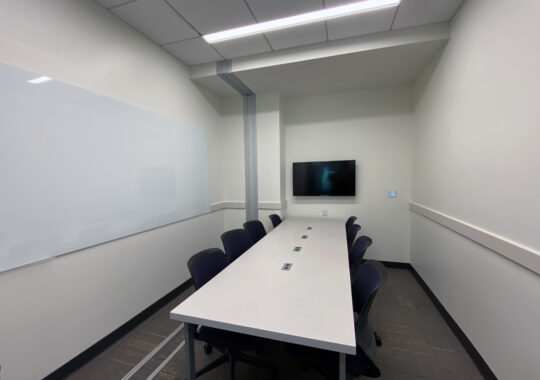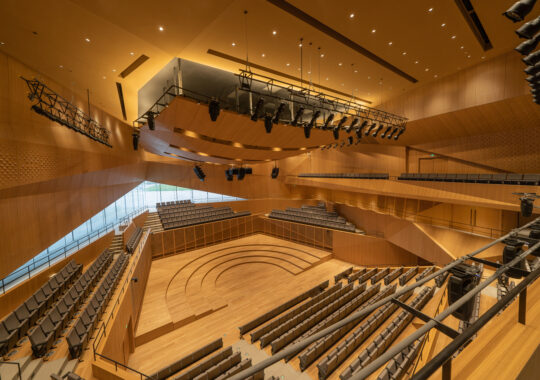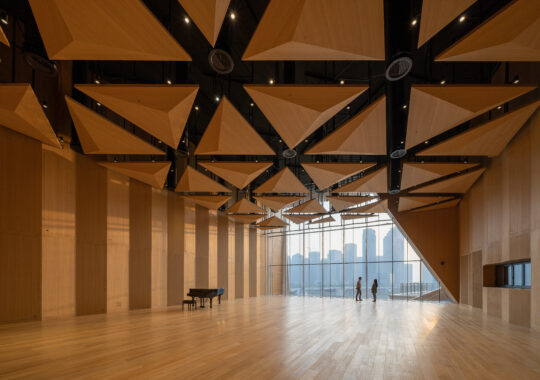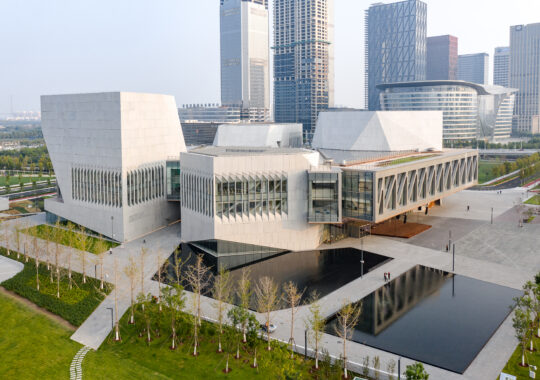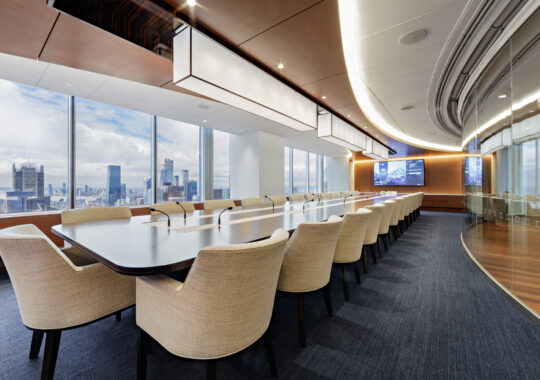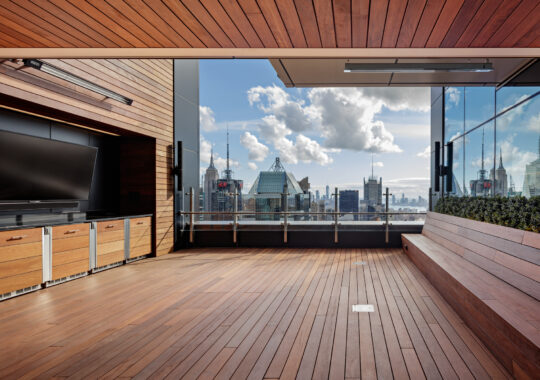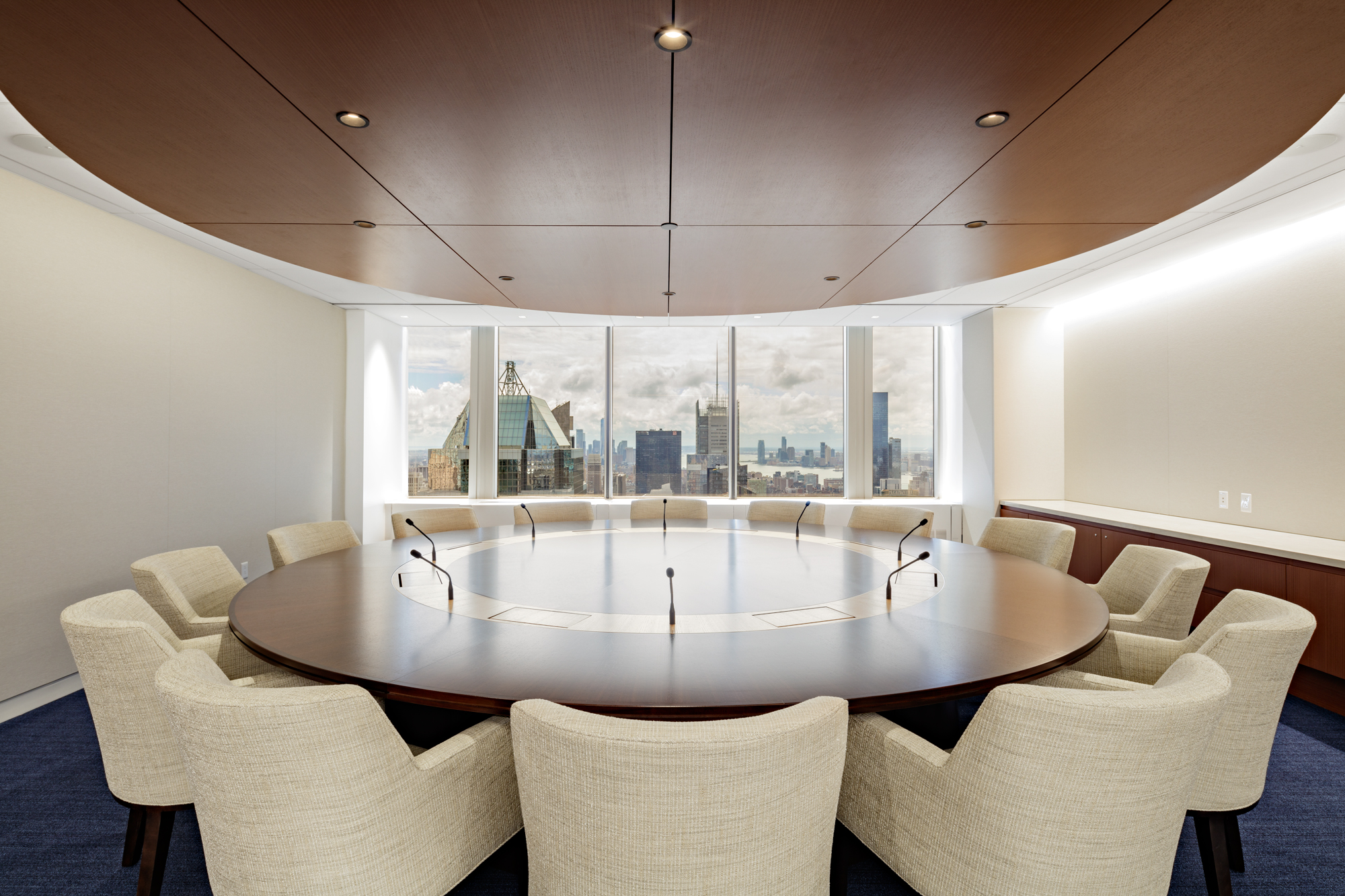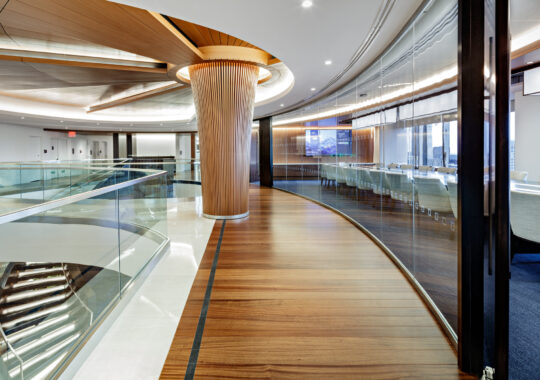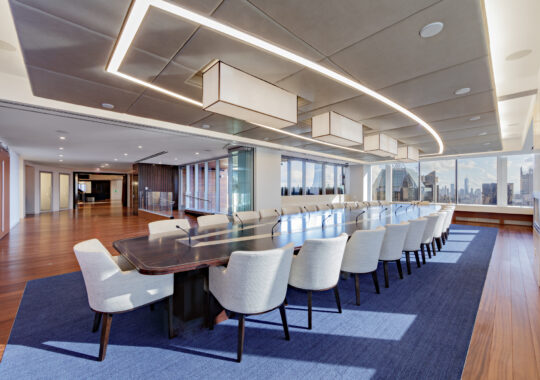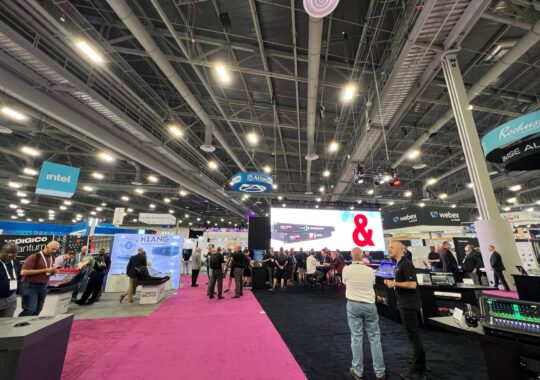The global COVID-19 pandemic has created significant supply chain and material availability deficiencies resulting in unfavorable consequences for the AEC industry. Our industry is reliant on the processes and resources required to produce, test, package, and ship specific manufactured components in a timely and cost-effective manner. The workforce behind this complex process has been impacted immensely, indirectly exacerbating the progress of construction projects globally. Design professionals are challenged on every project to balance the design documents with what is available within the project schedule. Thus, we must stress adaptability and professionalism within the constraints of each individual project.
Pre-pandemic, telecommunications designers could depend on the thorough contents of their Division 27 specifications to hold a contractor to a specific manufacturer, product type, or color, and, more importantly, a certified end-to-end solution. A certified solution is a fully warrantied cable plant, comprised of components (cables and terminations) between manufacturers who have an agreement to support the end user should the material performance degrade. This warranty provides clients with a guarantee that the products will meet the TIA-568 industry specifications for up to 25 years. Fortunately, many manufacturers have stepped up for their customers and agreed to certify their products when used with those of another manufacturer, without a previously established or publicized agreement. It is critical for a design consultant to obtain confirmation from the construction team in writing though, stating that a pandemic-induced manufacturer “mismatch” will retain the end-to-end warranty.
While performance is critical, many clients have infrastructure standards that dictate specific product requirements and installation methods, the latter often being dependent on the former. For example, a client can require a blue and black Cat.6 cable with corresponding jack colors for a typical 2-port WAO (work area outlet) mounted in a 3-port wall plate; white Cat.6A for WAPs (wireless access points), green and purple Cat.6 cable and jacks for security and AV, respectively. In the communication room, the client desires a clean, bright environment and standardizes on white angled 1RU (rack unit) 24-port modular patch panels mounted in white server cabinets, 2-post racks, and white vertical and horizontal managers. Credit is due to the manufacturers for providing such explicit options to clients and consultant designers who want or need to design the communications rooms and cable pant down to the finest detail. In this example, the client also standardizes on products by a single manufacturer who offers everything from jacks to horizontal managers. Reality sets in as the construction phase advances and the contractor is severely limited in procuring the specified products, now requiring substitutions.
As a design consultant, it is my job to guide the client to a satisfactory solution without sacrificing the primary objective of the project: performance. After the performance, recommendations are subjective to aesthetics, but the direction should be that of consistency to develop and “new” (temporary) standard that will be applied to this project, and perhaps future projects until the supply chain issues are resolved. The easiest compromise here is to utilize racks, cabinets, and wire managers from any of the available manufacturers as this has no effect on the performance or administration of the cable plant. At least a dozen high-quality manufacturers produce these materials, making mixing and matching an acceptable possibility.
Outlets for both wall plates and modular patch panels, if necessary, shall be acquired based on the availability of colors in the quantities required by the project. The fact that jacks are visible on both sides of the cable puts it at the top of the priority list. The outlet color can take the place of the common requirement to have color-coordinated horizontal outlet cabling, in conjunction with the patch cable, as the primary means of system identification. Even when limited quantities of the desired material are available, it is recommended to proceed with sweeping consistency.
A disorganized and inconsistent network infrastructure results in cluttered IT rooms and potentially unpredictable administration of the cable plant. In the IT industry, clutter creates chaos. Global supply chain issues have complicated the industry’s ability to rely on a wide range of products that are intended to facilitate an orderly cable plant. As the consultant, it is our responsibility to navigate the owner’s requirements with material availability, guarantee system performance, and enable straightforward administration for the life of the project. As the supply chain issues continue to fluctuate and change, much like the technology we design, it is up to us to respond to these challenges in order to design resilient and effective design solutions.


